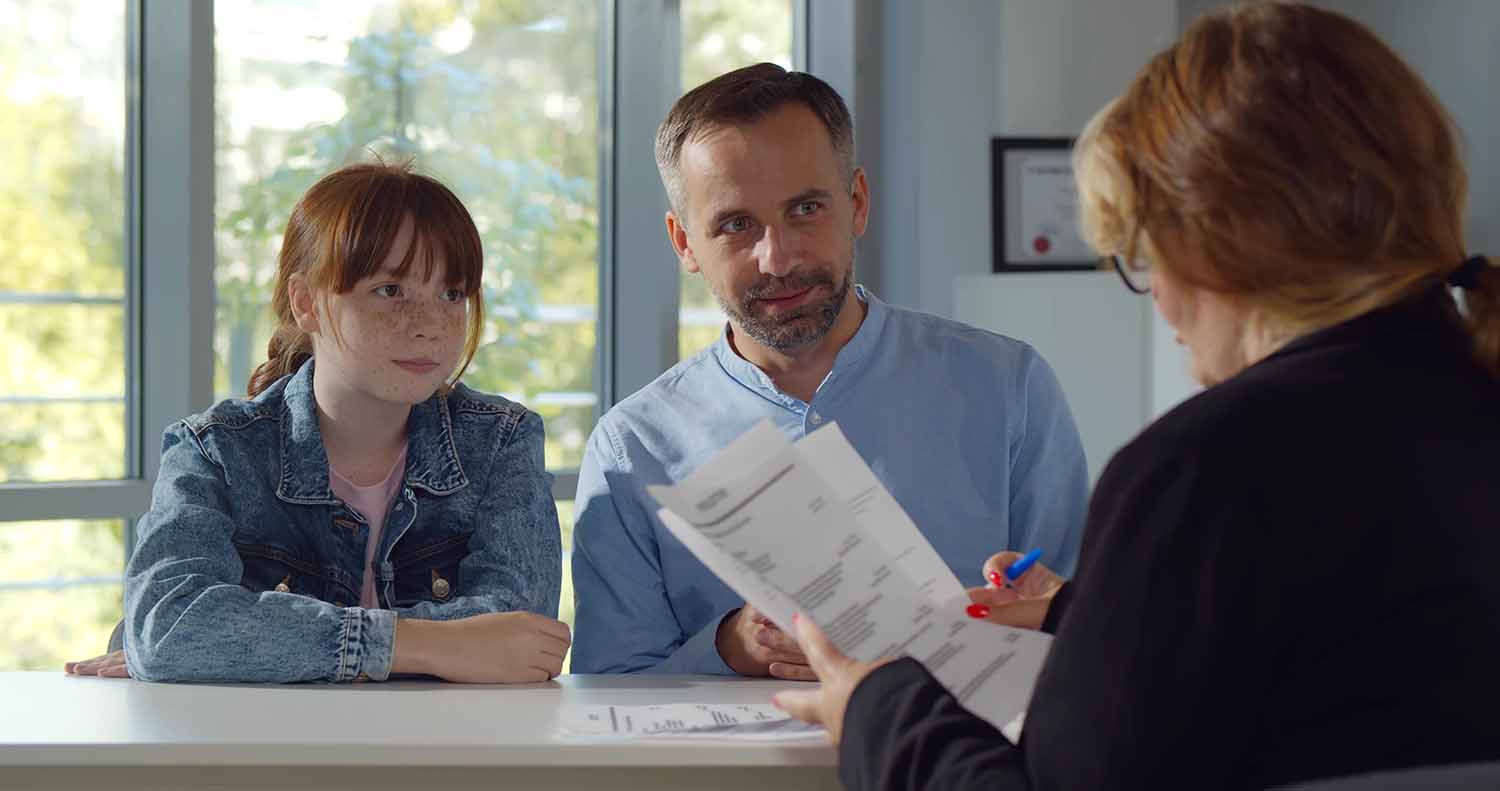Mindful Leadership: Tips for K-12 Principals and Administrators
If you're a school principal, you already know that your job isn't easy. You're responsible for managing a team of educators, supporting your students and families, and navigating complex administrative challenges.
It can be overwhelming, stressful, and exhausting – to say the least!
Mindful leadership could be a way to help you, as a school leader, approach your work with greater clarity, focus, and intention. Here are some things that every school principal and administrator should know about mindful leadership.
What Does it Mean to Be Mindful as a Leader?

When people think of a “mindful leader,” they often mistakenly imagine a leader who avoids conflict for the sake of “peace,” or who thinks that meditation and deep breathing are solutions to every problem. They might think a mindful principal or administrator would be too “soft” or even incompetent.
In reality, that’s not what mindful leadership is at all. So what does it truly mean to be mindful as a school leader?
The Institute for Mindful Leadership defines a mindful leader as “someone who embodies leadership presence by cultivating focus, clarity, creativity and compassion in the service of others.”
There are many myths out there about what mindfulness is. But at its heart, all mindfulness is the practice of being intentionally and non-judgmentally aware of each present moment. Mindful leaders focus clearly on the situation that’s right in front of them without getting distracted by other worries or problems. They’re able to make good, intentional decisions for the well-being of their schools – even when it’s difficult to do so.
Being a mindful leader means that you don’t let your ego or emotions get in the way. You hear people out, and listen to all sides of a conflict or dilemma, before jumping to conclusions or making preemptive decisions.
A mindful school leader – whether you’re a principal, an administrator, a superintendent, or a board member – is able to listen carefully to what their students and families need from them. They’re able to make decisions and solve problems with patience and compassion.
Mindful leaders are calm. They aren’t running around putting out fires. When they feel overwhelmed, they’re able to practice mindful breathing in order to regain a sense of calm and peace. They make it a priority to be completely present with the young people they serve.
Mindful school leaders are also able to reflect on themselves and their districts, even when it’s difficult and even painful to do so. When we don’t practice mindfulness, we may become hurt or angry when students or staff express the things they’re unhappy about. As mindful leaders, we are able to stay present with feedback, even when it’s uncomfortable, and make changes when necessary.
Mindful school leaders are clear and focused on their mission and values. They make intentional decisions and behave in ways that show integrity.
Perhaps most importantly, mindful principals and school administrators are able to sit with anything that arrives in their office – the joyful, the stressful, the funny, the absurd, the overwhelming, the heartbreaking, and everything in between. Being a mindful leader doesn’t mean that all of your district’s problems will disappear. It simply means that you will be able to confront these problems with presence and intention.
Why is Mindful Leadership Important in Schools?

Mindful leadership can change a school or a district’s entire culture. Whether they know it or not, school leaders – including principals, superintendents, and teachers – give hope and inspiration to every student they serve.
By becoming more mindful, these leaders can be more present with their entire school community and find compassionate and intentional solutions to challenges that schools are currently facing across the nation. This creates a stronger, more compassionate school community overall.
In addition – and perhaps more importantly – mindful leaders are happy leaders. Mindfulness has so many benefits for our health, including reducing stress and depression and improving our overall sense of well-being and life satisfaction.
School leaders are often overwhelmed with a never-ending list of things to do and problems to solve. Not only are you responsible for creating the best learning environment for students, but many school leaders in today’s age also need to worry about teacher burnout and turnover. Mindfulness gives leaders a rare opportunity to both reduce stress and be more effective at their jobs.
Some other reasons why mindful leadership is important in schools include:
- Mindful leadership can help school leaders to be more present and aware of their own thoughts and emotions, as well as the thoughts and emotions of others.
- Mindful leadership can help school leaders make better decisions that take every perspective into account.
- Mindful leaders tend to have greater empathy and compassion, which can improve relationships across the district.
- Mindful leaders can model mindful and compassionate behavior for their students and staff.
- Mindful leaders are better able to recognize their own biases and assumptions, which can help them to create a more inclusive and equitable school community.
How to Become a More Mindful School Leader
There are many steps you can take to become a more mindful leader for your school or district. Although this isn’t a comprehensive list, you can follow some of the following tips to start incorporating more mindfulness into your leadership style.
Cultivate a personal practice
One of the most impactful ways you can become a mindful leader is through building a personal mindful practice, both at work and at home. You can join a meditation group or receive mindfulness training to learn how to bring more mindfulness into your everyday life. Mindfulness is just like any skill. The more you practice, the more natural it will feel.
Practice active listening
When students, staff, or parents come to you with problems or complaints, practice being present and using active listening. Make sure your body language indicates that the person in front of you has your full attention. You can use reflections to make sure you’re understanding the other person correctly. When you feel yourself wanting to interrupt, practice mindful breathing to sit with this uncomfortable feeling.
Build a culture of mindfulness
You can also bring mindfulness to your entire school or district, which may help you with your own mindfulness practice. Students, teachers, and school leaders can all practice mindfulness together.
At Calm Classroom, we offer train-the-trainer programs, direct service and consultation, and an e-learning course for district-wide implementation. Get in touch with us to learn more about our training options!





SIGN UP FOR OUR NEWSLETTER